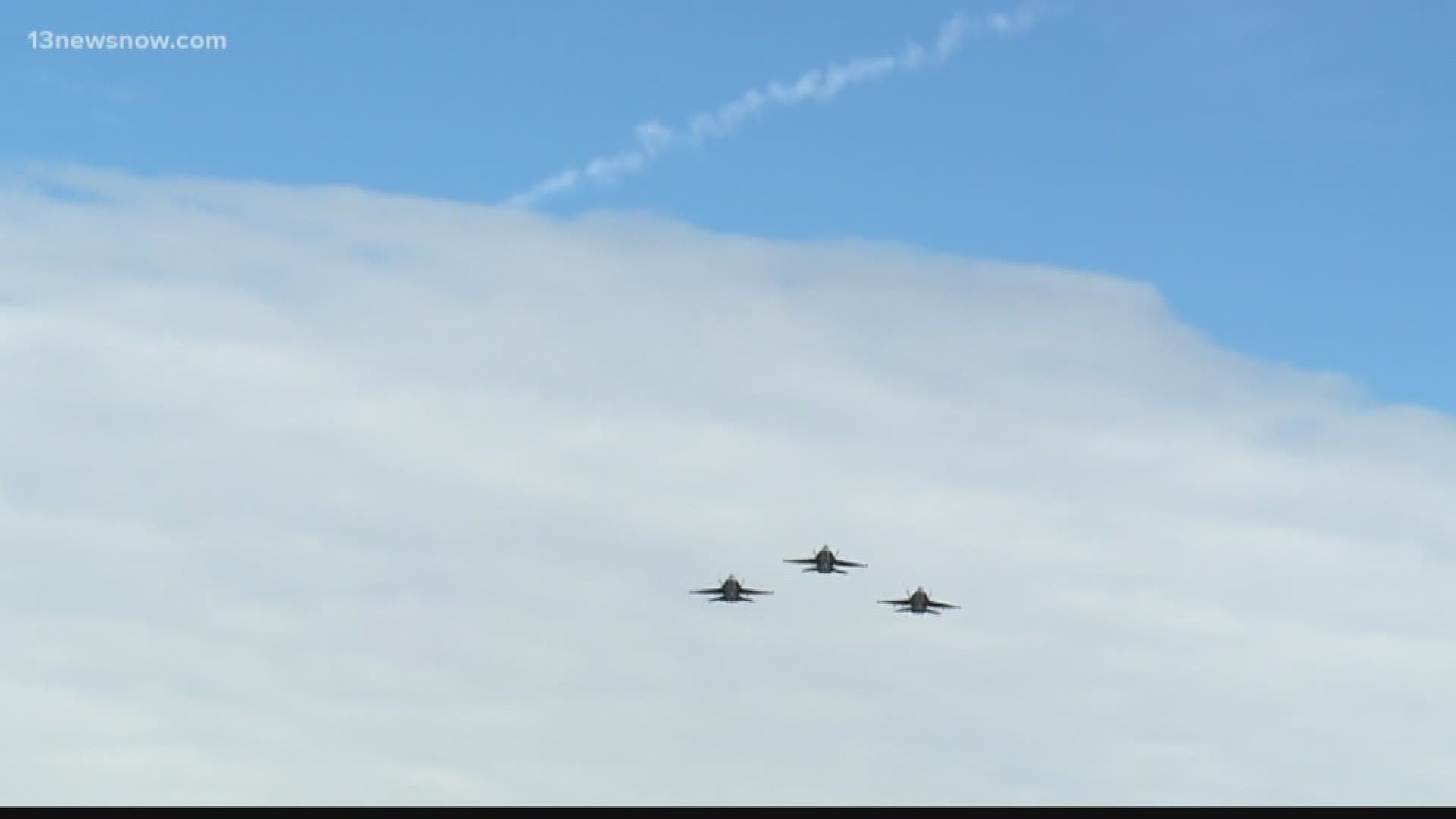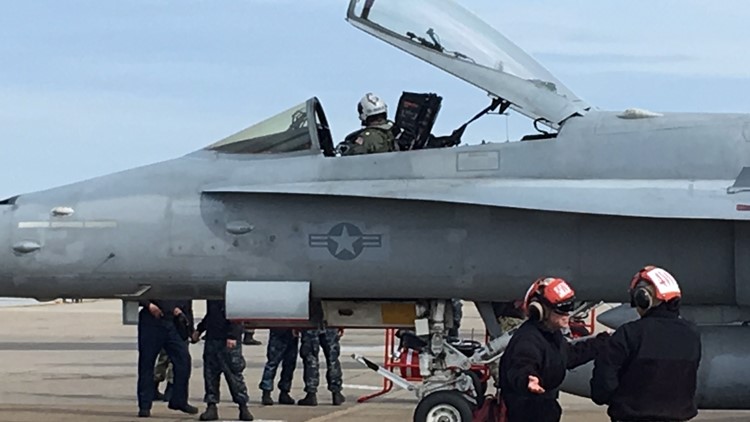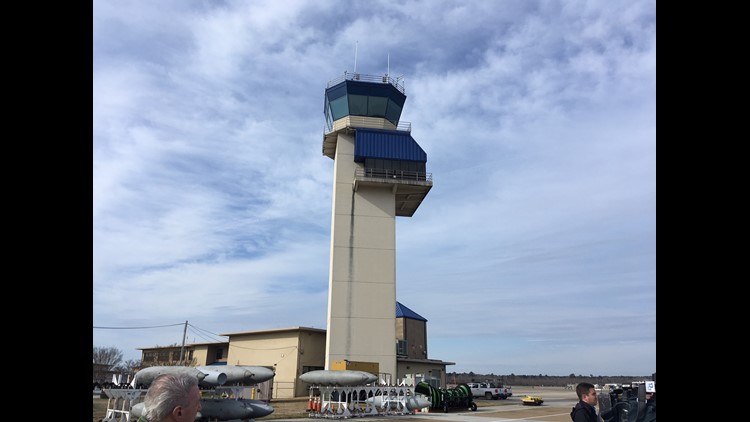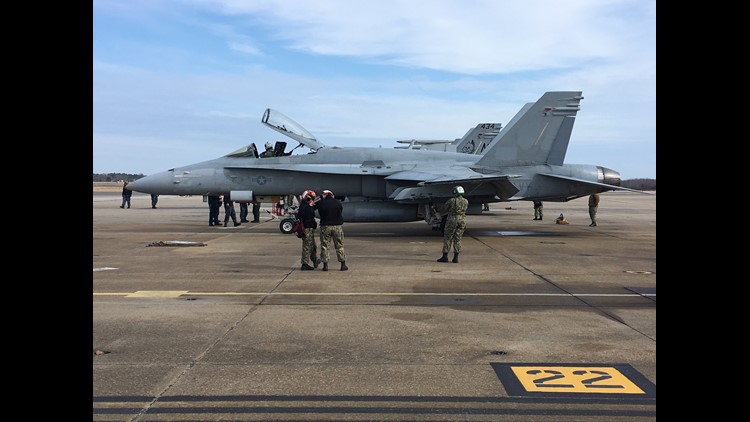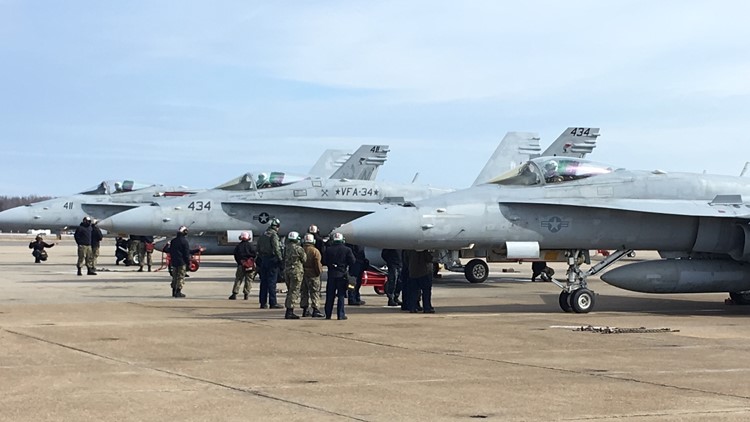NORFOLK, Va. — Friday marks the end of an era at Naval Air Station Oceana.
The U.S. Navy is celebrating the last flight of the "legacy" F/A-18C Hornet by an operational Navy Squadron.
The single-seat Hornets have been flying with Navy squadrons for 35 years. They are twin-engine, supersonic, all-weather, carrier-capable, multirole combat jets.
The $29 million Hornet was designed as both a fighter and attack aircraft. The design of the jet later led to the F/A-18 Super Hornet, which is widely used today.
The “Blue Blasters” of Strike Fighter Squadron (VFA) 34 are the last remaining deployable Hornet squadron.
"We're proud to be a part of this last chapter for the F/A-18 Charlie," said the squadron's commanding officer, CDR Will Mathis. "We're also looking very much forward to the next chapter for the F/A-18 Echo."
VFA-34 Pilot LT Frank McGurk agreed.
"The jet's got a lot of traps on them, a lot of hours, and it's a lot of maintenance," he said. "It's a really great airplane to fly. I'm going to miss it."
VFA-34 aircraft maintainer AD3 Teron Huffwatkins had mixed emotions.
"This is my first command and these are the only jets I've known," he said. "So it's kind of bittersweet to see them leave. But it is also ushering in a new age for us, so it's also exciting at the same time."
The "C" model Hornets will continue to be flown by the Navy reserve's state-side adversarial squadrons, and by the Marine Corps, until it transitions to the F-35 Lightning II Joint Strike Fighter.

